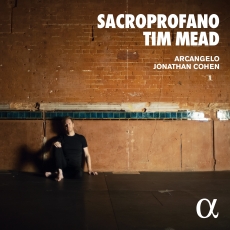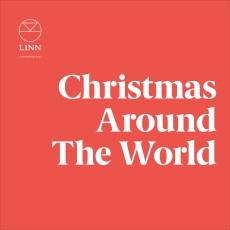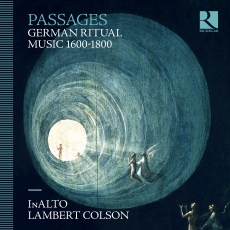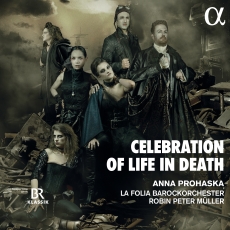Buxtehude: Trio Sonatas Op. 2
Buxtehude: Trio Sonatas Op. 2
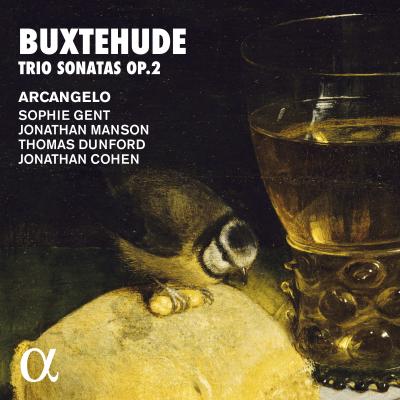
Choose quality
Studio Master (192) FLAC
- Studio Master (192) ALAC
- Studio Master FLAC
- Studio Master ALAC
- CD Quality FLAC
- CD Quality ALAC
- MP3
- Trio Sonata in B-Flat Major, BUXWV 259Composer(s) Dietrich BuxtehudeArtist(s) Jonathan Cohen Arcangelo
Trio Sonata in B-Flat Major, BUXWV 259
08:33$3.40 - Trio Sonata in D Major, BUXWV 260Composer(s) Dietrich BuxtehudeArtist(s) Jonathan Cohen Arcangelo
Trio Sonata in D Major, BUXWV 260
13:53$4.60 - Trio Sonata in G Minor, BUXWV 261Composer(s) Dietrich BuxtehudeArtist(s) Jonathan Cohen Arcangelo
Trio Sonata in G Minor, BUXWV 261
12:28$4.60 - Trio Sonata in C Minor, BUXWV 262Composer(s) Dietrich BuxtehudeArtist(s) Jonathan Cohen Arcangelo
Trio Sonata in C Minor, BUXWV 262
08:25$3.40 - Trio Sonata in A Major, BUXWV 263Composer(s) Dietrich BuxtehudeArtist(s) Jonathan Cohen Arcangelo
Trio Sonata in A Major, BUXWV 263
09:48$3.40 - Trio Sonata in E Major, BUXWV 264Composer(s) Dietrich BuxtehudeArtist(s) Jonathan Cohen Arcangelo
Trio Sonata in E Major, BUXWV 264
09:24$3.40 - Trio Sonata in F Major, BUXWV 265Composer(s) Dietrich BuxtehudeArtist(s) Jonathan Cohen Arcangelo
Trio Sonata in F Major, BUXWV 265
08:49$3.40
Total running time: 71 minutes.
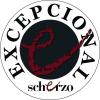

Album information
Arcangelo presents its second instalment of trios by Dietrich Buxtehude, the follow up to its critically acclaimed Op. 1 recording.
The sonata concertata form is perfectly illustrated in these trios by Dietrich Buxtehude which, according to Peter Wollny constitute ‘a landmark in the history of the sonata’. They provide a better understanding of a composer who has owed his fame chiefly associated to his cantatas and organ works, and to the admiration of the young Johann Sebastian Bach, who walked 400 kilometres to hear him play.
After recording Buxtehude’s first set of chamber sonatas (ALPHA367), the musicians of Arcangelo (Sophie Gent, Jonathan Manson, Thomas Dunford and Jonathan Cohen) now revive the pieces from the second collection, published in 1696. It shows the multiple European influences (Baltic, Italian, German, French) that flourished in Lübeck, the north German city where Buxtehude worked as organist of the Marienkirche, but also in Hamburg, where the music was type set.
